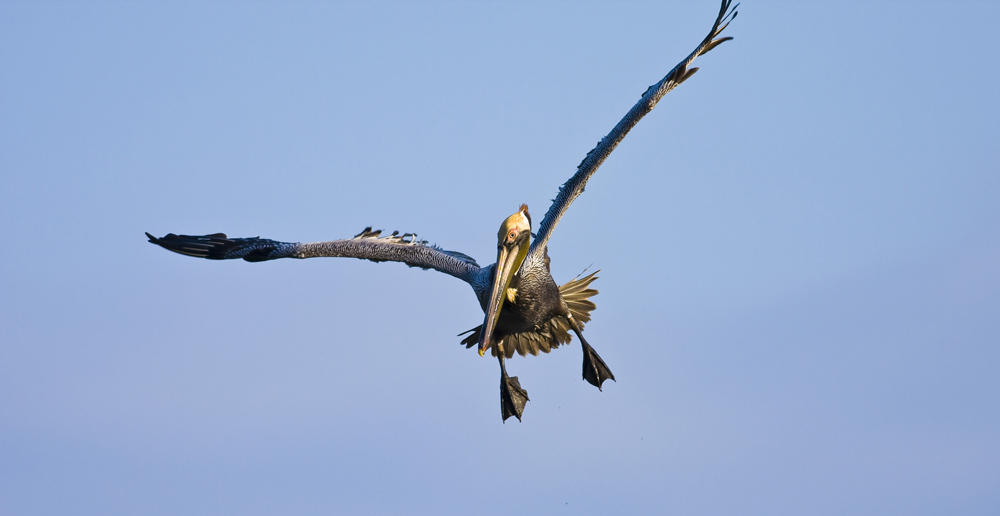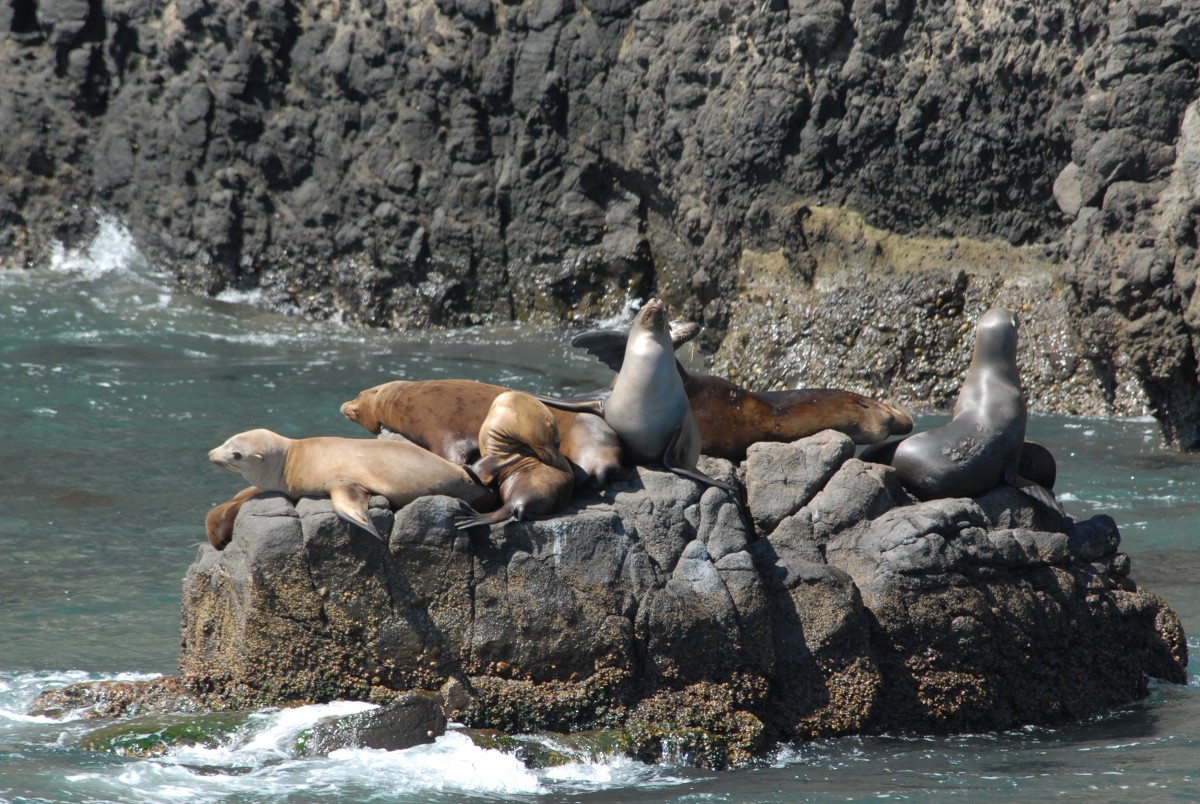Final meeting in Seattle, Washington
The Ocean Modeling Forum has convened a Sardine Working Group that is investigating how ecosystem models can be used to evaluate aspects of the agreed sardine Harvest Control Rule, through model runs that explore key environmental and food web consequences of sardine harvest. The primary research question being pursued by the working group members is:
What are the consequences of the existing sardine Harvest Control Rule for:
- the sardine stock, yield, revenue – and their spatial distribution;
- sardine predators and prey; and
- ecosystem metrics, such as the balance between benthic and pelagic energy pathways, or the distribution of biomass among different trophic guilds.
The working group held its final meeting June 29-30, 2015 at the Seattle Aquarium. In addition to the working group members, Mike Okoniewsk/Pacific Seafood and Steve Marx/Pew Charitable Trusts were present as observers.
Model Review
Working Group members first reviewed progress on the participant sardine models. The group reviewed preliminary results from the initial set of common model runs identified at their last meeting. Progress and outstanding issues related to the following models were presented:
- MICE (model of intermediate complexity). Modelers: André Punt and Kelli Johnson, University of Washington.
- “EcoPath”. Modelers: Laura Koehn and Tim Essington, University of Washington.
- Atlantis. Modeler: Isaac Kaplan, NOAA.
A fourth model being used was not reviewed, as no major updates had occurred between February-June: Single species/sardine model, Modeler: Felipe Hurtado-Ferro, University of Washington
Meeting Outcomes and Next Steps
- The group identified outstanding model issues to be addressed before final model runs and comparisons could be conducted.
- The group created a model comparison tool for communication of results, and outlined several possible manuscripts.
- The group discussed possible near-term management relevance of the case study outcomes, in light of the sardine fishery closure in spring 2015.
Next steps for the group include:
- Modelers will work in smaller groups on isolated issues of model tuning and alignment over the next 1-2 months.
- A set of final model runs of the Atlantis and MICE model will form the basis for a model comparison exercise focused on the case study research questions.
- Results, including descriptions of individual model structure and parameterization, across-model overlap, alignment and divergence, and model predictions related to the research questions, will be communicated via peer-reviewed publications, and in reports and presentations geared towards the management stakeholders and other identified audiences.

